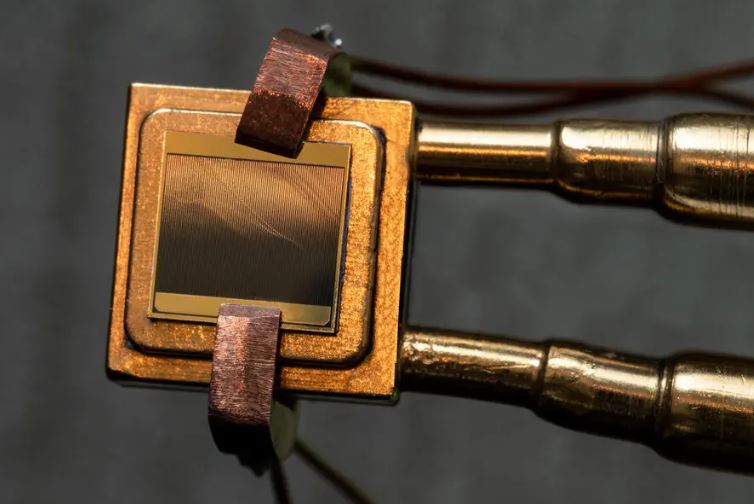A multi-junction design for the new high-performance thermo photovoltaic cell
(Sustainabilityenvironment.com) – Engineers from the Massachusetts Institute of Technology (MIT) and the National Renewable Energy Laboratory (NREL) worked together to build a high-performance thermal photovoltaic cell (TPV). The “thermal engine” of the ecological transition.
But what are thermo photovoltaic cells? A device capable of capturing high-energy photons from an incandescent heat source and converting them into electricity. The foundations of this technology have long been known, but practical applications still present several challenges. Most termo PV cells show, in fact, very low efficiencies, with an average of just 20% and a maximum value of 32%. The reason is to be found above all in the materials used, generally characterized by relatively low prohibited bands.
Scientists tried to capture higher-energy photons from a high-temperature heat source (between 1,900 and 2,400 degrees Celsius) and thus convert energy more efficiently. The team’s temofotovoltaica cell makes it possible thanks to materials with higher bandgaps and multiple junctions.
Termophotovoltaic cell, how is it made?
The device features a layered design. The first layer captures the highest energy photons and converts them into electricity. Those with low energy, on the other hand, pass through to reach and be captured by the second layer. The photons that can also elude this passage are reflected by the mirror constituting the third layer and sent back to the heat source.
Read also Anti-solar Photovoltaic cells, to produce energy even at night
The team successfully demonstrated the functionality of its TPV system in separate small-scale experiments. The cell was able to convert heat to electricity with an efficiency of more than 40%, a performance better than that of traditional steam turbines. Today the group is committed to integrating its creation into a fully operational system.

